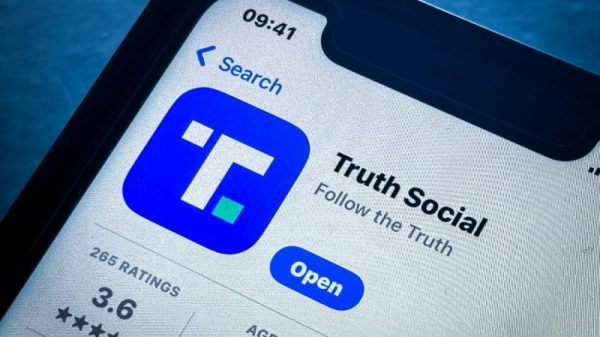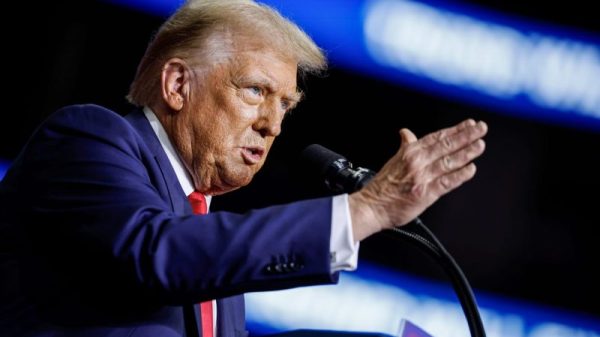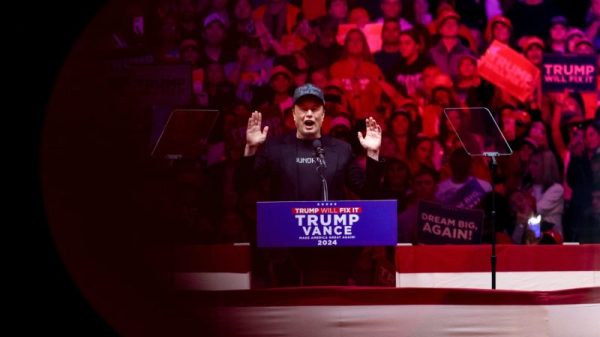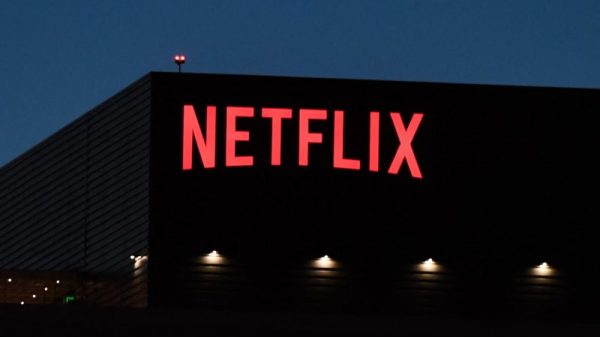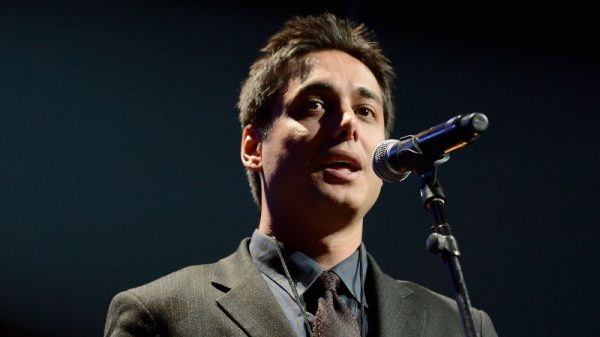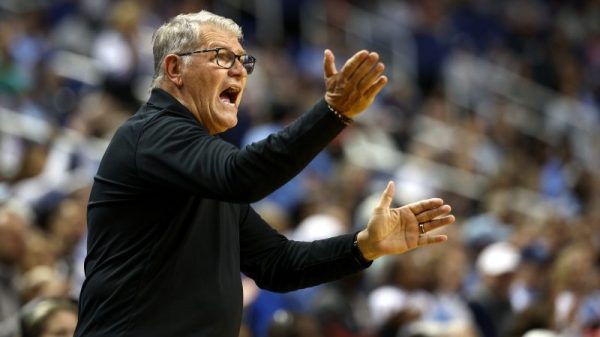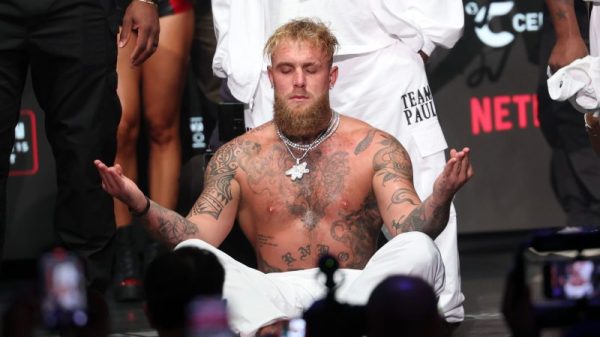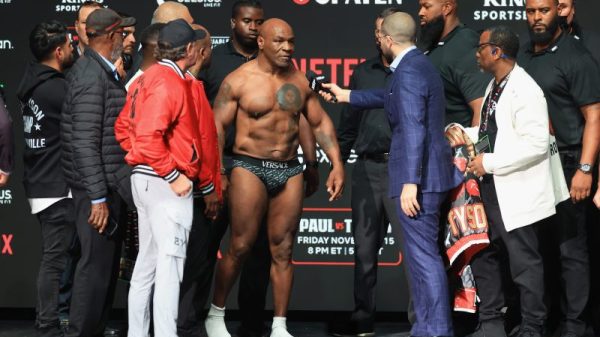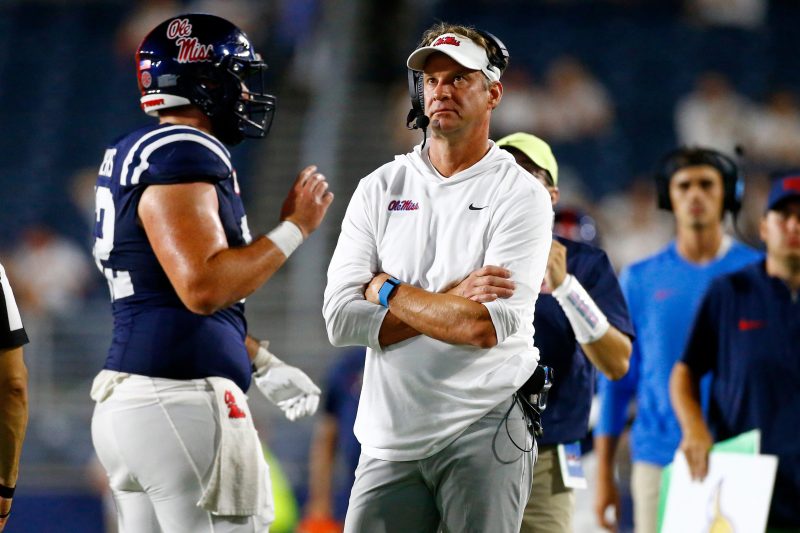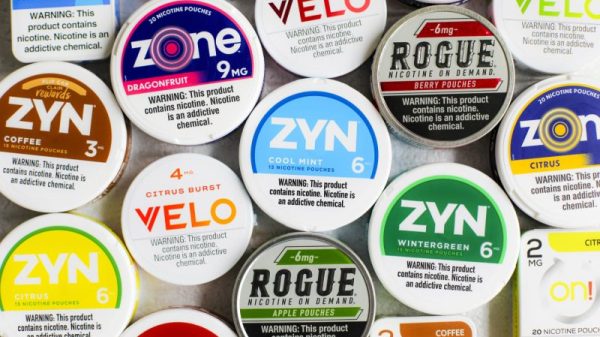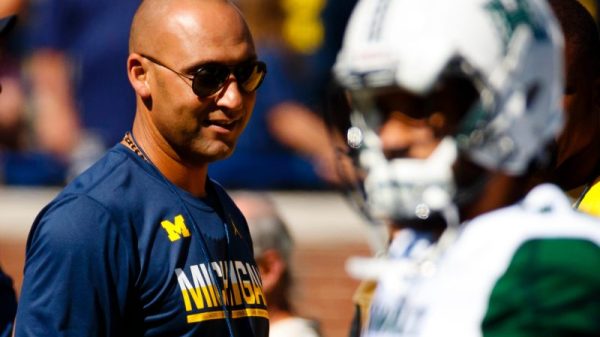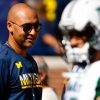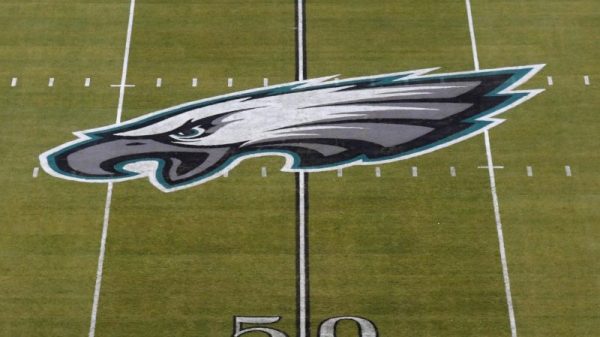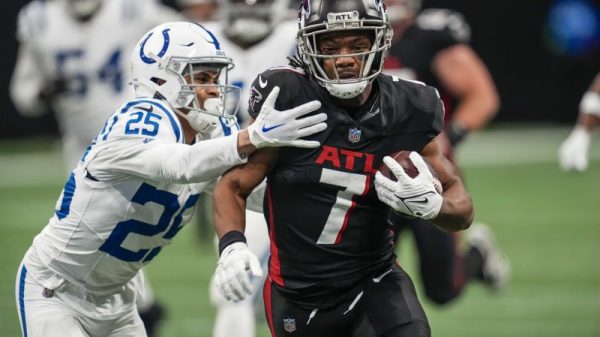Let me introduce the beautifully symphonic college football game of get yours.
Money coming in, money going out. And all that green has to land somewhere.
Coaches and players, conferences and universities.
Agents and advisors, middle men and parents (of course they’re still getting theirs).
A simpatico circle of feast while you can, and how you can. For as long as you can.
But instead of pointing at the boogeyman of player empowerment and coaching greed as the reason college football has drastically changed in the last three years, let’s not stray too far from the obvious.
Financial stupidity.
Or as Texas A&M athletic director Trev Alberts told me in May: “We don’t have a revenue problem in college sports. We have a budgetary problem.”
It is here where we introduce Appalachian State coach Shawn Clark, a beloved alum and a tough and gritty offensive lineman in the 1990s. A two-time All-American long before NIL and shared television revenue crossed over from the unthinkable to the standard.
Clark has a career coaching record of 36-18 since 2020. A strong resume from a coach on the lower rungs of the Bowl Subdivision.
His team annually plays a school from the Power Five conferences, and this Saturday travels to Clemson to play a team still shellshocked at the very thought of anything Georgia.
“It’s a big task for us,” Clark said during his weekly press conference. “We almost have to play perfect football.”
Here’s one more thing: Clark will get $20,000 just for showing up.
Because deep in the legalese of Clark’s contract is the candy jar — and it’s a sugar rush of reach these thresholds, earn this cash. Or in this case, just show up and get 20 stacks.
That’s right, every game against a Power Five conference team — the guarantee games with the seven-figure paydays that keep athletic departments alive — is easy money for Clark.
But he’s not alone, and he’s on the low end of get yours. How low, you ask?
Here’s Lane Kiffin, an elite coach who has overhauled Ole Miss from irrelevant to College Football Playoff contender in four short years. Last year, the Rebels won 11 games for the first time in school history.
If anyone deserves to get paid, it’s Kiffin.
Ole Miss began this season by scoring 12,000 points last weekend on FCS opponent Furman, and is one of a handful of legit national championship favorites. Kiffin is also — potentially — in line for the largest single-season payout in college coaching history by reaching every benchmark in his newly restructured contract.
If Ole Miss wins the national title this season, Kiffin will have reached every performance benchmark in his contract and earn an extra $4.25 million dollars. I’m no mathematician, but a $9 million annual salary supplemented by a $4.25 million bonus-enhanced national title run equals monetary history.
Unless, that is, Georgia (insert: Clemson shudder) coach Kirby Smart — he of the $13 million annual contract — reaches his the benchmarks of his bonus pool. At which point, it’s safe to say we’ve reached peak stupidity.
BOWL PROJECTIONS: Big changes to College Football Playoff after Week 1
That $13-plus million salary is NFL-level money, and more than any coach has pulled from one season (sorry, Jimbo, not including you or any other coach cashing fat walkaway checks).
These performance-enhanced contracts have been around for decades, but the numbers and the incentives keep growing. Don’t blame Smart or Kiffin or super agent Jimmy Sexton for getting every dime they can.
If universities are going to pay it with the hundreds of millions earned from ever-expanding media rights deals, why wouldn’t coaches take it? If players are going to move from team to team and get millions to do so, why wouldn’t they take it?
Louisville, when it pried hometown hero Jeff Brohm from Purdue after the 2022 season, had an incentive clause that added two years and $14 million to Brohm’s contract if he wins 10 games. And wouldn’t you know it, Brohm last year took the suddenly moribund program and won 10 games in his first season. Then added the $14 million to his original deal.
Again, if universities are doling it out, why not take it?
So the next time you hear a coach complain about NIL, or revenue sharing, or declare the current NIL system is “unsustainable” — it’s not; in fact, it’s booming — don’t fall for it. That’s just code for we’re not the reason your college football doesn’t look the way it once did, players are.
Which, of course, is utterly preposterous.
Players are earning and moving from team to team. Some are thriving and some are learning hard life lessons ― just like, you know, coaches.
Some players get a couple of million to quarterback State U, and some coaches get half a million to run a MAC school. It’s all based on market demand, and what everyone is willing to pay.
The land of the free, and the home of get yours.
Last year, in the middle of the most controversial championship run in decades, then-Michigan coach Jim Harbaugh was peeling off performance-based incentives even though he was suspended for six games for two separate NCAA investigations.
By the end of the season, by the time the Wolverines won their first national title since 1997 and Harbaugh had done what he promised he would do, he had earned an extra $3 million in incentives. That pushed his annual salary to $11.2 million ― for winning nine games as the Michigan head coach.
Hey, all that green has to go somewhere.
Why not straight to the land of financial stupidity?
Matt Hayes is the senior national college football writer for USA TODAY Network. Follow him on X at MattHayesCFB.


